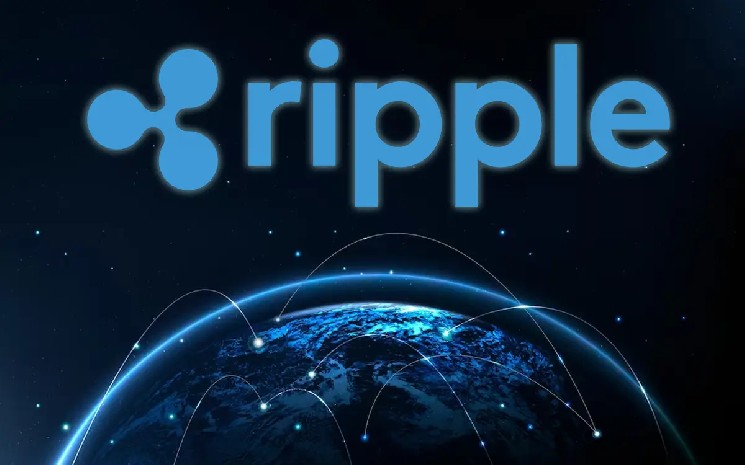Digital Commercial Paper (DCP), a short-term fixed income asset backed by U.S. Treasuries, is now live on the XRP Ledger (XRPL), marking the first native issuance of digital commercial paper on the network.
The launch, administered by Guggenheim Treasury Services and managed via Zeconomy’s platform, aims to modernize treasury infrastructure with blockchain-based settlement.
DCP has already processed over $280 million in issuance volume since its initial rollout in September 2024. The instrument holds a Prime-1 rating from Moody’s, the highest short-term debt rating, and is fully collateralized by maturity-matched U.S. Treasury securities. It is issued through Great Bridge Capital Company, a bankruptcy-remote special purpose vehicle established for investor protection.
The integration with XRPL allows DCP to leverage 24/7 settlement, low fees, and near-instant finality, addressing persistent inefficiencies in traditional commercial paper issuance and cross-border payments. Institutions can now access DCP with customizable maturities of up to 397 days, enabling streamlined treasury operations and improved liquidity management.

Ripple’s SVP of RippleX, Markus Infanger, highlighted the significance: “Institutions are no longer asking if blockchain can support regulated products — they’re asking how to scale them. DCP’s expansion to the XRPL reflects that shift.”
The move aligns with Ripple’s broader real-world asset (RWA) strategy. The company has also invested in tokenized U.S. Treasuries through platforms like Ondo and Archax. According to a joint Ripple–BCG report, the RWA market is projected to grow from $600 million in 2025 to nearly $19 trillion by 2033, with bonds leading adoption.
Zeconomy CEO Giacinto Cosenza emphasized the enterprise-grade infrastructure supporting DCP, calling it “a key marker for the future of tokenized finance.”
Currently, DCP is available only to Qualified Institutional Buyers (QIBs) and Qualified Purchasers (QPs) under applicable securities laws. The XRPL, active since 2012, has processed over 3.3 billion transactions without a security breach, reinforcing its role as a trusted blockchain for institutional-grade assets.
 coindoo.com
coindoo.com